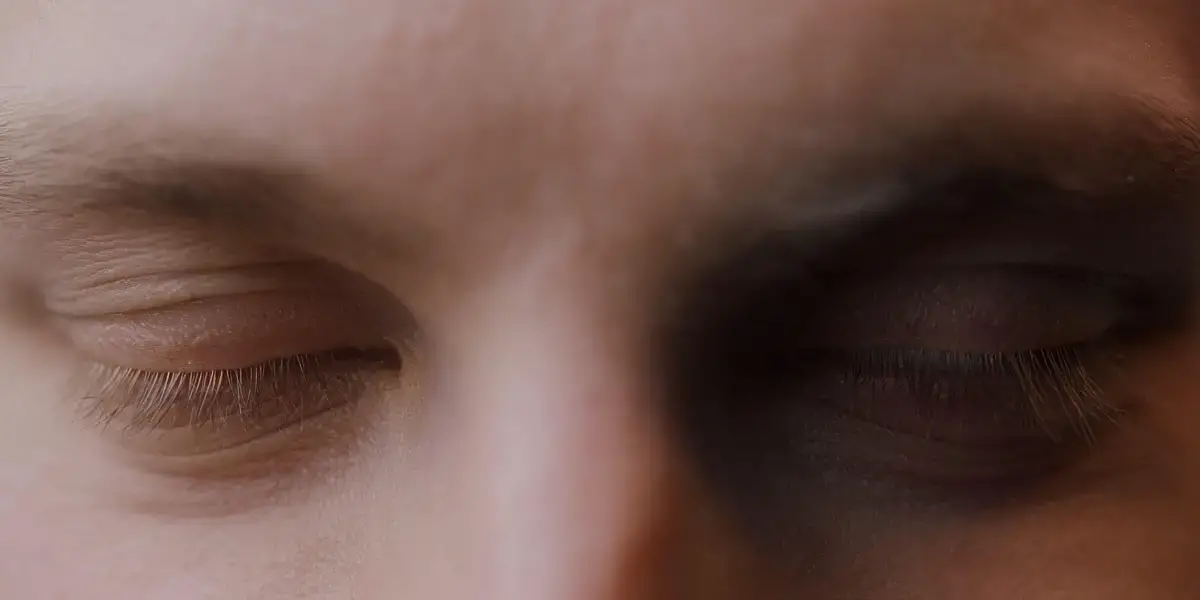
Credit: Alamy
The Colour You See When You Close Your Eyes Isn’t Black
People on the internet have been left baffled after discovering that the colour they see when they close their eyes isn’t black…
If you close your eyes right now and try to describe what you see, you’ll likely confirm that it all goes black.
The darkness behind our eyelids is what makes us feel a little bit scared and helpless when we can’t see.
But did you know that the colour on the inside of your eyelids isn’t actually black at all?
The real colour you see when you close your eyes has a rather long and confusing name.
Related Article: All Blue-Eyed People Have This One Thing In Common
Related Article: People Are Getting Very Upset After Learning What Chin Dimples Are
When you close your eyes in a dark room, the colour you see isn’t actually black, but a deep shade of grey that’s sometimes called ‘eigengrau’.
Eigengrau translates from the German for ‘intrinsic grey’, and was coined by philosopher and physicist Gustav Fechner (1801-1887).
Fechner conducted an experiment using a technique called the ‘method of limits’, in which he tested how sensory stimuli are translated into mental data.
He showed participants a colour and made it lighter and lighter until it vanished from their perception.
The participants had to let him know when they could no longer see the colour.
Fechner began to notice a pattern – lighter colours faded from vision faster than darker colours.
But there was one strange exception to this rule.
Grey colours lasted the longest of all within the experiment.
This led Fechner to come up with his theory – that grey was the true colour our eyes see when they can’t see any light.

From there, Fechner began other experiments to test his theory.
He made participants sit in a totally dark room for a long period, and then asked them to describe the colour they saw.
They described a very dark shade of grey – the same shade that was the longest-lasting tone in his earlier experiment.
There’s actually a science behind the reason we see this intense grey colour when we close our eyes, too.
According to Medium, our eyes perceive using rods and cones. Cones are what see colour, while rods handle nighttime vision.
Related Article: People Speechless After Gen-Zers Explain The Real Meaning Of Cute Eyes Emoji
Related Article: Why So Many People Seem To Have The Exact Same Freckle
In fact, those with damaged cells in their cones have colour blindness.
During darkness, our rods take over our vision, which explains why we only see this dark colour.
As one study put it: “Rod photoreceptors of the vertebrate retina produce, in darkness, spontaneous discrete current waves virtually identical to responses to single photons.”
Because our rods don’t completely shut down at any point, they remain ready to activate at any point if more light comes into our field of vision.
This low level of activity in our eyes’ rods registers as a slight glimmer of light, meaning the total blackness is slightly diluted.
This results in a super dark, ‘intrinsic’ grey – or, eigengrau!